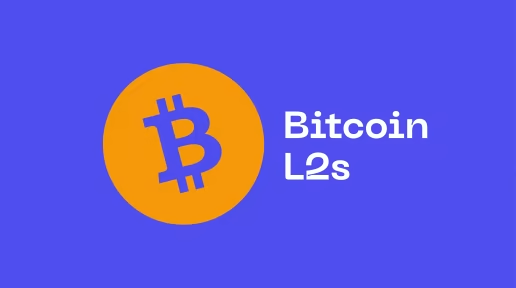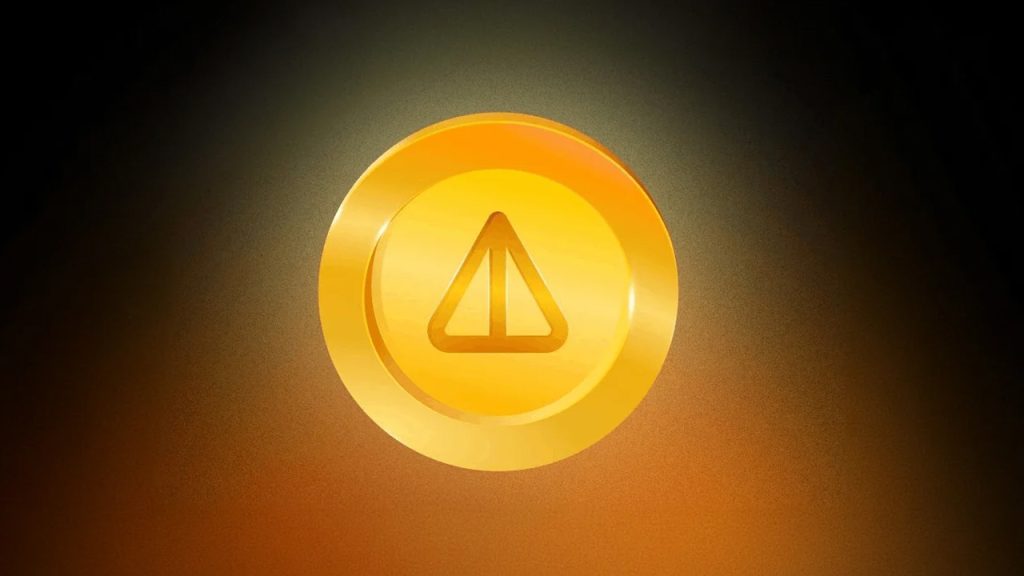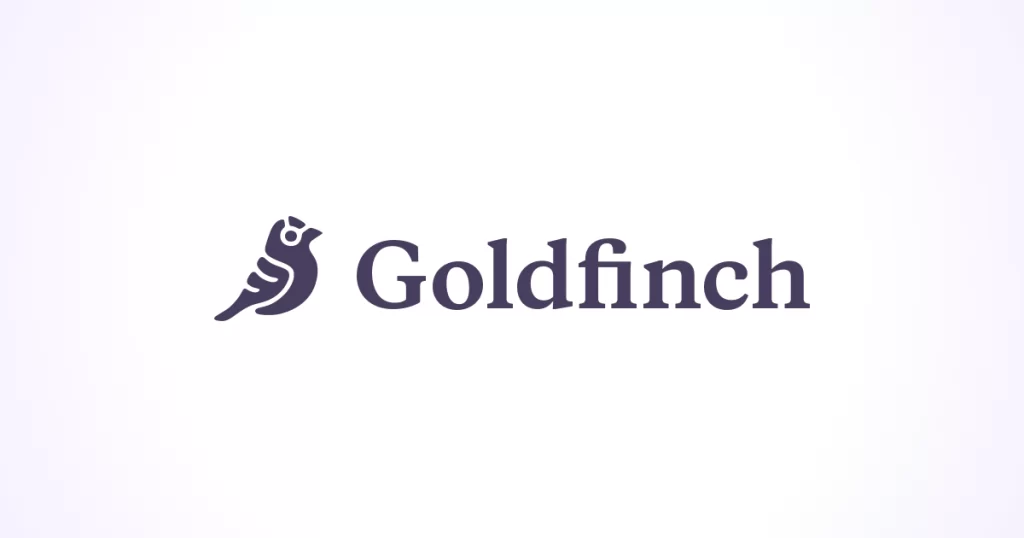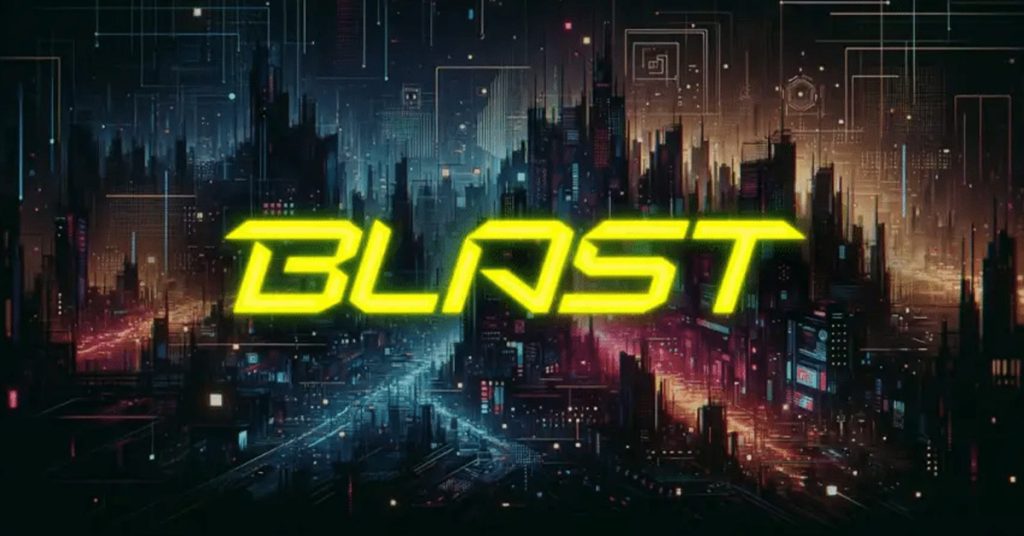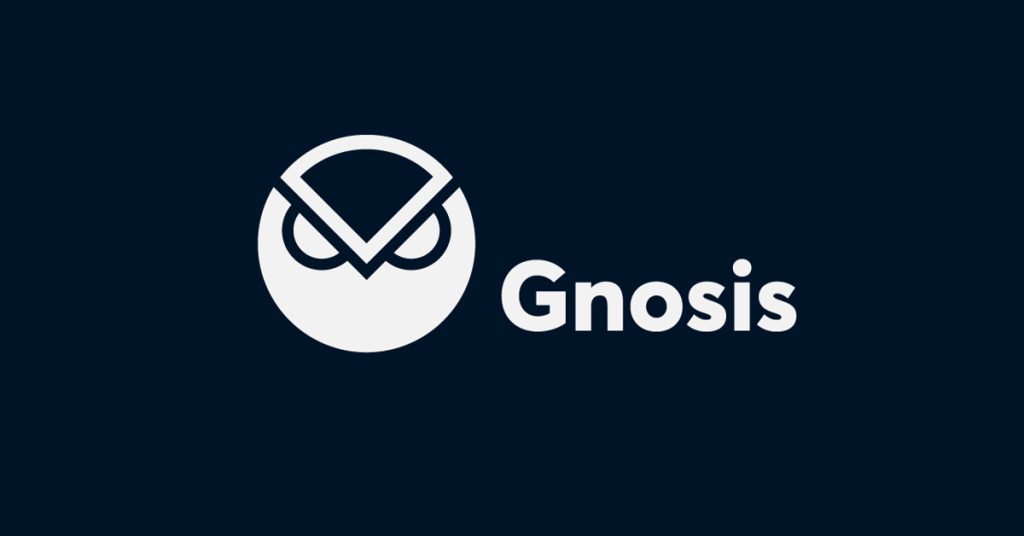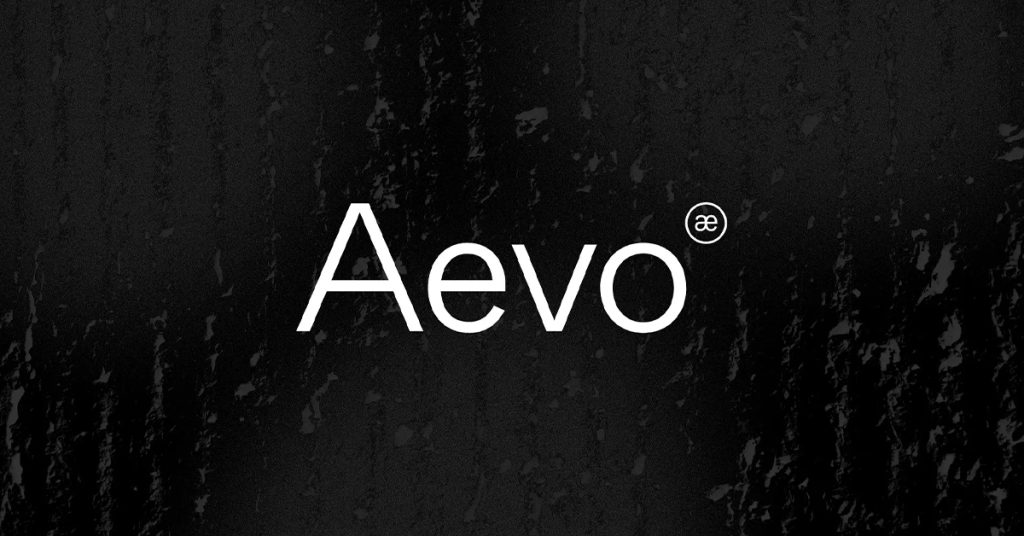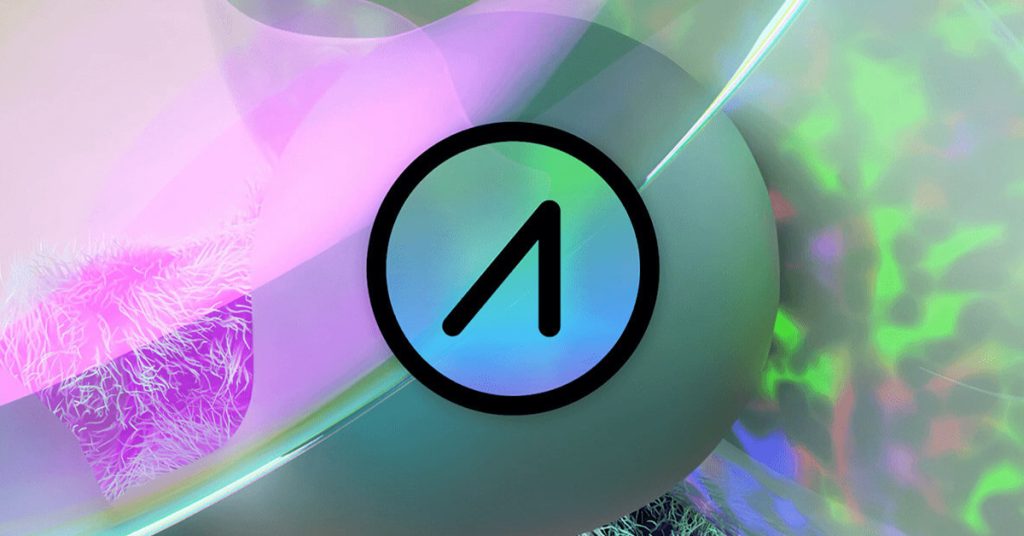Golem Network – Decentralized Supercomputers
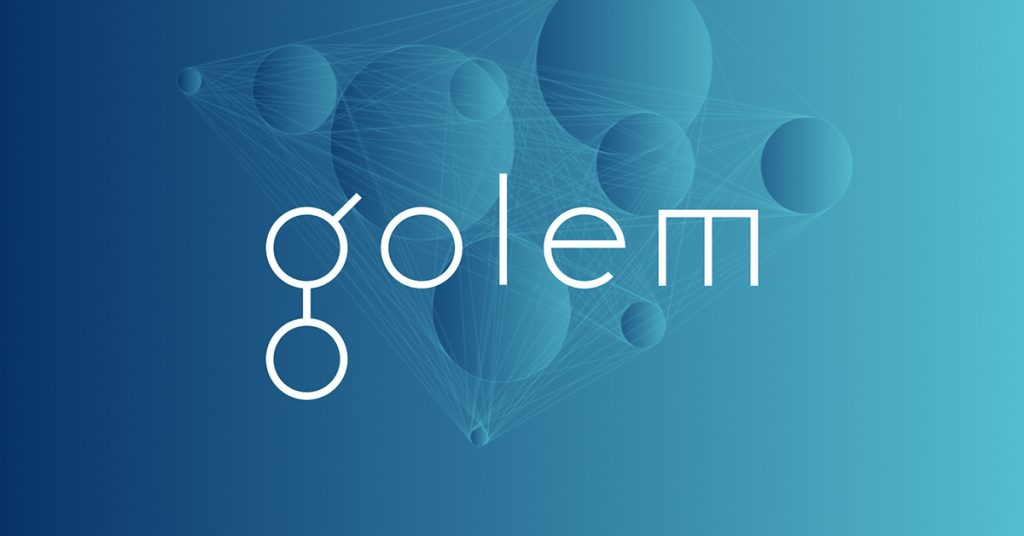
TL;DR
Golem Network and its decentralized supercomputers are back in the spotlight with changes to the network and its Golem token. Going on its 8th year in crypto, I’m sure you might be as surprised as I am to discover that Golem is still a very relevant project. The reason for this can be summed up in one word, “DePin”. With this newly named narrative becoming increasingly relevant, Golem has found itself back in the upper echelons of crypto. But, is Golem’s recent price action something you should pay attention to or write off as the final hooray of this classic cryptocurrency?
It’s important to understand that combining the computing power of unused machines into a supercomputer is nothing new for Golem. However, the usage of this system was originally designed for operating CGI and other rendering services.
It’s only recently that Golem has moved away from this limited use case and opened up GPU Beta testing for more generalized computing usage, fundamentally changing Golem from being CPU-focused to GPU-focused.
Pair this with the transition of Golem native tokens to ERC-20 tokens and you have the two main reasons Golem is still relevant in 2024.
What is Golem Network?

Founded in 2016, Golem spent the majority of its freshman years in beta testing. Building out its experimental supercomputer until officially launching the Golem Mainnet in 2021. This release introduced the Golem Chess and Golem Slate applications. Unfortunately, both products were sadly discontinued shortly after.
Giving rise


